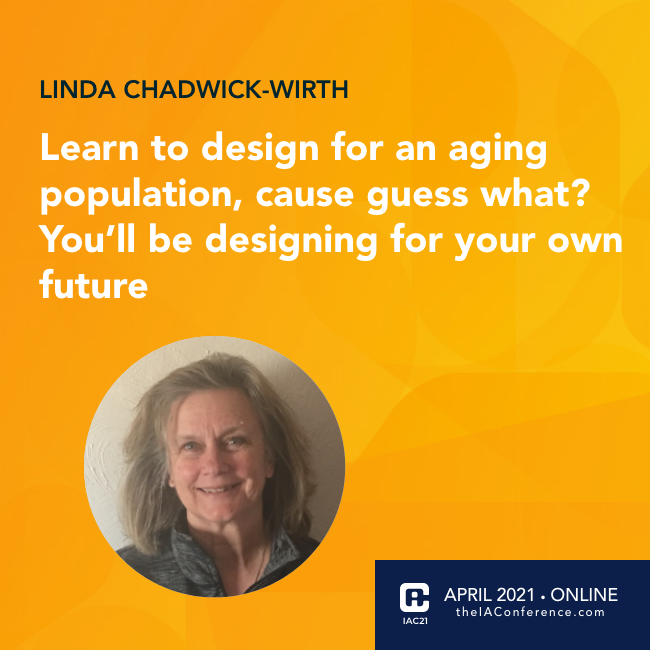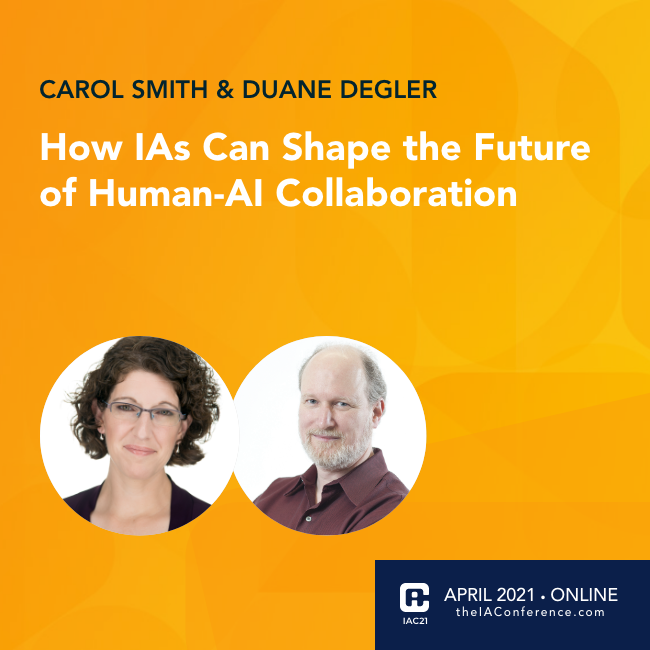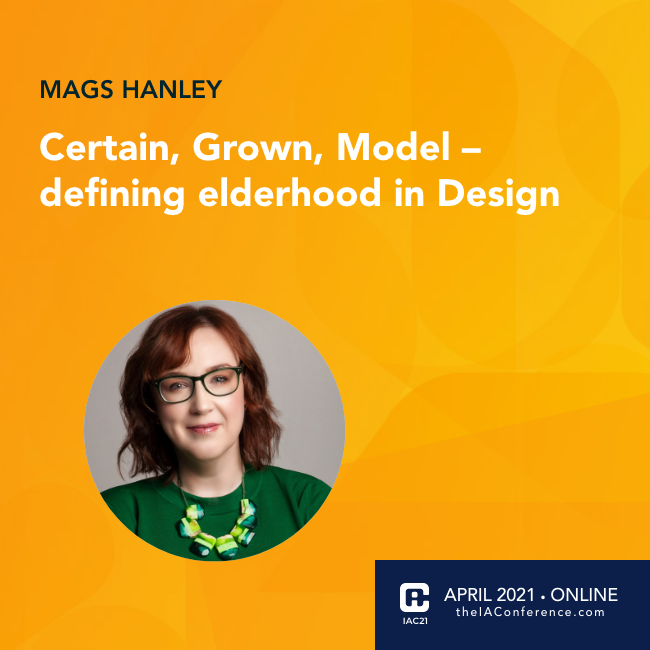2021 IA Conference
April 30, 2021
You’ve protested. You’ve made public statements to do better. After nearly a year, are you still asking, “What now?” Learn how companies can start to fulfill their promises today to create social changes and a more diverse UX design workforce.
As UX practitioners we pride ourselves on human-centered design, but do we really practice what we preach when statistics continually reflect a staggering lack of diversity? And, does our work reflect biases that exist in ourselves and our companies? If so, how to we move toward positive changes?
The information presented here will be a conversation starter to help you start, if conversations and actions have stalled. It will also provide observations and checklists to help you iterate toward making a difference.










